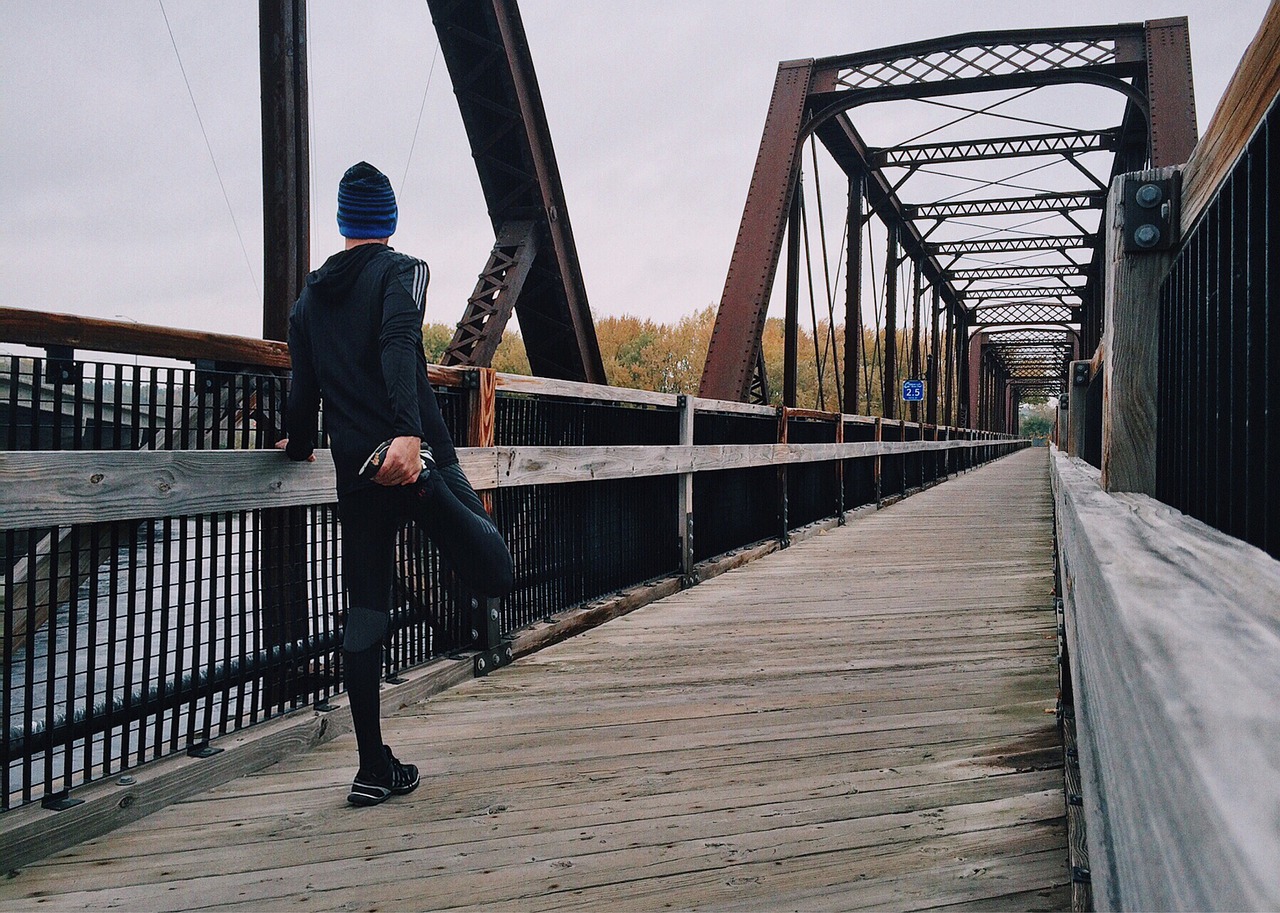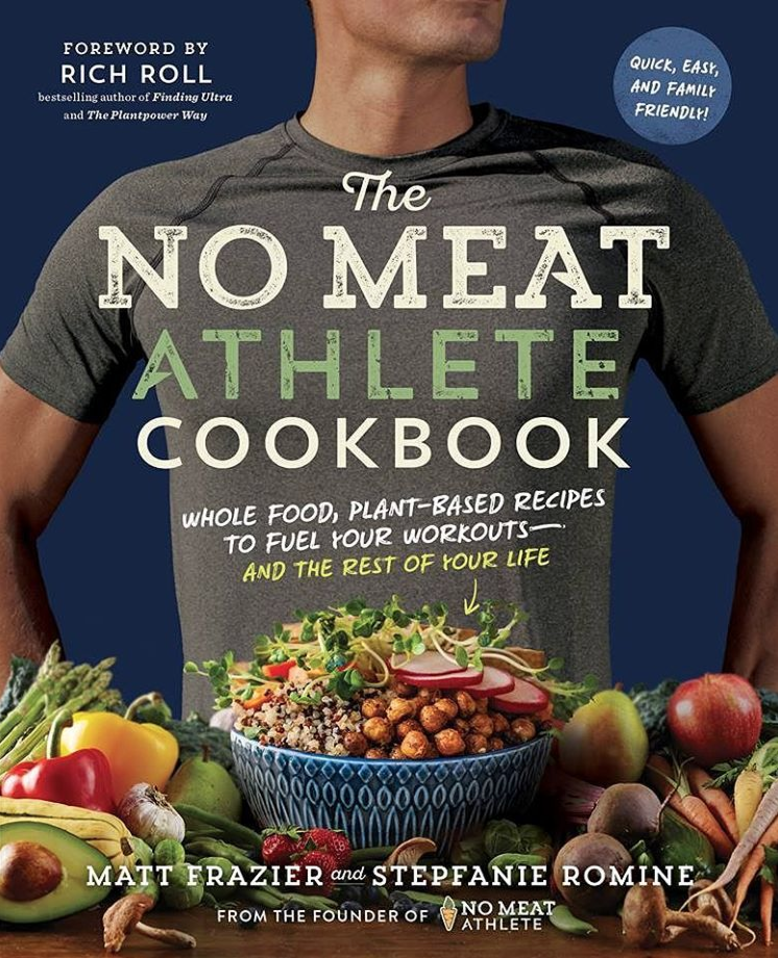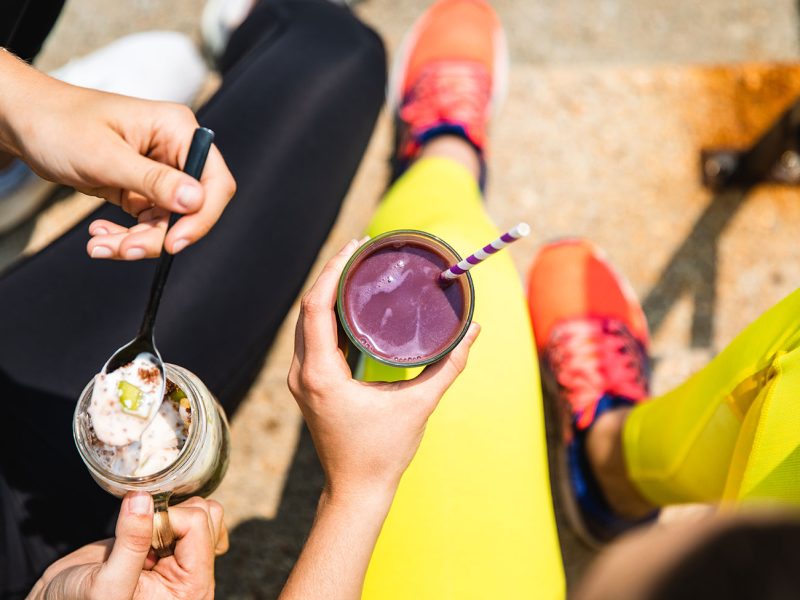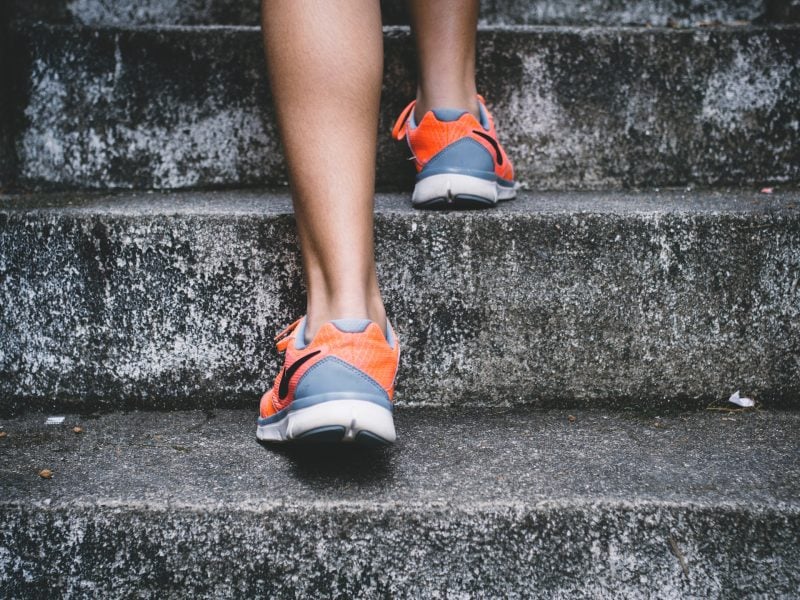How to Become a Runner from No Meat Athlete’s, Matt Frazier
Matt Frazier is an author, entrepreneur, and vegan ultramarathoner, best known as the founder of the No Meat Athlete movement, explains to us how just anyone can become a runner by following a few pieces of advice.
How often do you run?
It really depends on my motivation. If I’m training for an ultramarathon it’s 5 or 6 days a week, and I even ran every day a few months when I was trying out a slow, meditative form of running a few years ago. But I’m not like a lot of other runners in that if I don’t have a big reason to run — a race, usually — I can sometimes go for weeks or months without running and be perfectly okay with that. But I’d say that most of the time and just for general health (not specifically for a race), I run 3 or 4 days a week.
Rain, Snow, Heat — does the weather every stop you?
If I’m training for something, then no, I don’t let weather stop me often! I actually like running in the heat, and some of my favorite runs of all have been the ones where it starts pouring midway through. I’d say that cold and snow are my weakness, though — snow can sometimes make it almost impossible to run for a day or two, and cold, well … that’s the hardest thing for me to get out the door to face. But I’ve learned some tricks, like moving around indoors first to get my body temperature up before I go out to run.
What are some things you would recommend eating before/after to keep you energized but not too full?
Fruit juice is a great food around workouts — before, during, and even right after. Normally, I try to stick to whole foods throughout the day, so I’m not a big fan of juicing for general health. But around workouts, juice works really well because you get the sugar (i.e. energy) without all the fiber to fill you up or potentially cause digestion issues during the run. And since it’s in liquid form, it gets into your bloodstream (and to your muscles) very quickly.
Of course, whole fruits works well too, and you can experiment to see how that works best for you. I really like eating whole, fresh medjool dates before and during workouts because they’re full of glucose which becomes available for energy within just a few minutes of eating them. I think of dates as nature’s energy gels! Watch out for the pit, though.
What advice you would give to someone who wants to become a runner?
- Run slow. This isn’t the gym class mile run where you get a whistle blown at you if you’re not fast enough. If you think you hate running or that you’re no good at it, try slowing down by 20 percent and see how it feels then. (It also turns out that in order to train for endurance events like a half or full marathon, a good 75 percent of your training needs to be done at a “conversational” pace that literally means you can carry on a conversation while you’re running.)
- Take 180 steps (or so) per minute, or three per second. If you haven’t thought about how quickly you turn your legs over when you run, you’re probably taking many fewer steps than this per minute. This little tip helps almost every other component of running form fall into place, so you don’t need to think about a million other things when you’re just starting out and trying to enjoy it.
- Pick a goal that’s really scary and exciting, and go for it! One of the really neat things about running is that someone who is very ordinary, not athletically gifted by any means, can train himself or herself to do what, to many people, is extraordinary: run 13.1 or 26.2 or even 50 or more miles without stopping. And if you can just get yourself to run consistently, you’ll improve almost automatically for about 10 years, regardless of how old you are. This is incredible, and you can’t say it about most sports. What it means, though, is that in just a year or two you’ll probably capable of far more than seems reasonable now … so pick something really exciting that makes you want to get out there and train for it.
About Matt Frazier:
Matt and his work have been featured in books including Rich Roll’s Finding Ultra, Brendan Brazier’s Thrive Foods, Seth Godin’s What to Do When It’s Your Turn, and Heather Crosby’s Yum Universe; print magazines such as Runner’s World, Trail Runner, and Canadian Running; and online publications including the Washington Post, Huffington Post, Forbes, Business Insider, WebMD, Shape, Competitor, Copyblogger, and Zen Habits. His first book, No Meat Athlete: Run on Plants and Discover Your Fittest, Fastest, Happiest Self, published by Fair Winds Press, has sold over 25,000 copies and reached #1 in Amazon’s “Running and Jogging” category in October 2013. And in 2015, Greatist named Matt one of the 100 Most Influential People in Health and Fitness.
Post a Comment
You must be logged in to post a comment.







